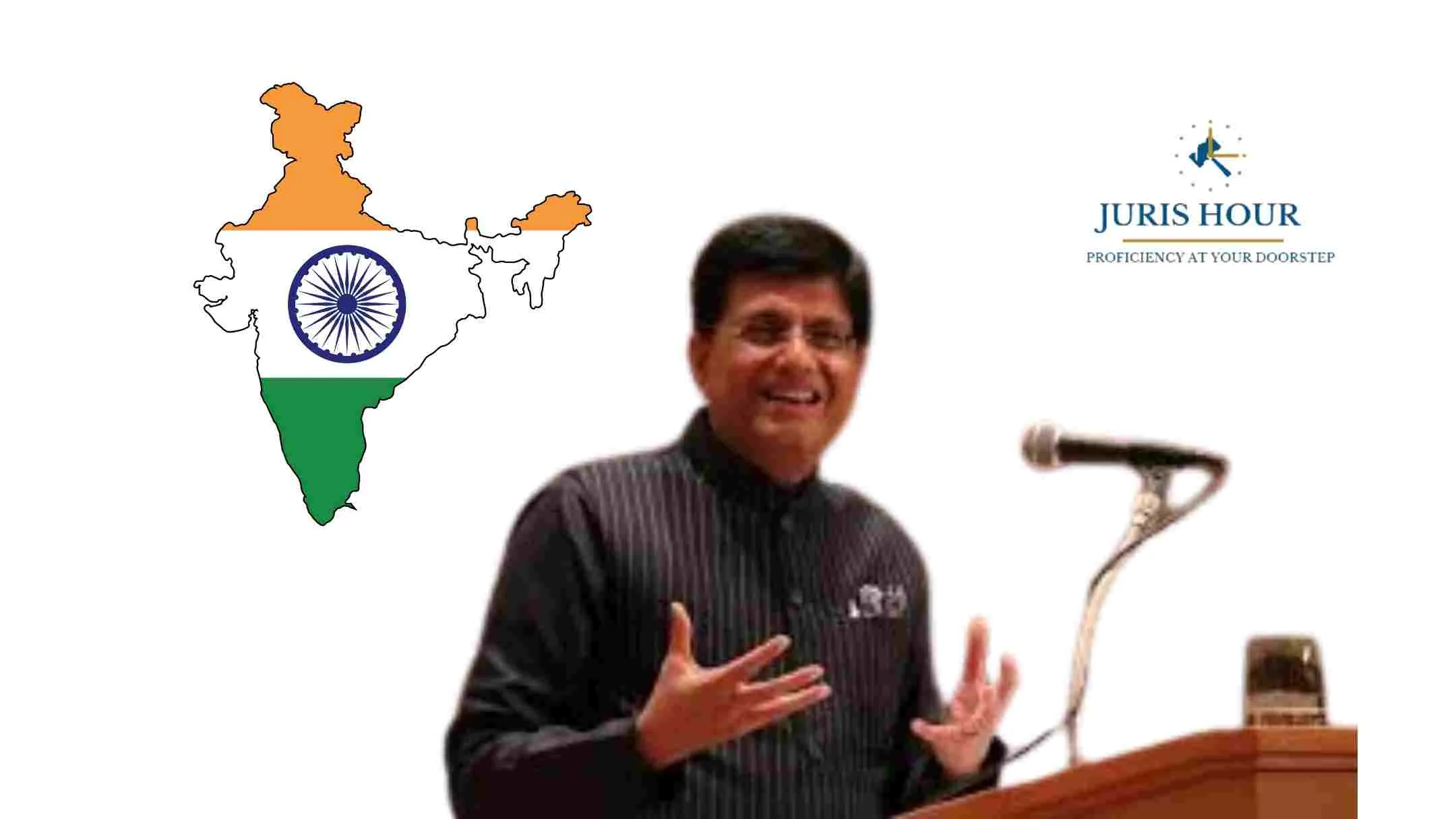Union Commerce and Industry Minister Piyush Goyal has officially announced that the Trade and Economic Partnership Agreement (TEPA) between India and the European Free Trade Association (EFTA)—comprising Switzerland, Norway, Iceland, and Liechtenstein—will be fully operational from October 1, 2025.
This landmark accord, signed in March 2024, signifies one of India’s most comprehensive and forward-looking free trade arrangements to date.
Historical Milestone: 16 Years in the Making
Negotiations for this deal commenced in 2008, making it one of India’s lengthiest trade negotiation efforts. After 21 rounds of discussions and several high-level engagements, India and the EFTA bloc signed the agreement on March 10, 2024, in New Delhi. The pact marks a critical step in India’s strategic trade diversification, offering new access to high-income European markets while bolstering investment and job creation at home.
Investment-Led Growth: $100 Billion FDI Commitment
One of the standout features of the TEPA is the binding investment pledge from EFTA nations, promising $100 billion in foreign direct investment (FDI) over a 15-year period. The structured commitment includes:
- $50 billion in the first 10 years
- An additional $50 billion over the following 5 years
This level of investment is expected to serve as a catalyst for large-scale industrial growth, significantly expanding India’s manufacturing and services base. According to estimates from the Indian government, the deal is projected to generate at least 1 million direct jobs, particularly in sectors aligned with foreign investment, such as electronics, clean energy, pharmaceuticals, and infrastructure.
Tariff Concessions and Market Access
The agreement provides extensive tariff liberalisation from both sides:
India’s Commitments:
- Duty elimination or reduction on 82.7% of its tariff lines
- Covers 95.3% of EFTA’s exports to India by value
- Sensitive sectors such as agriculture, dairy, and gold remain largely protected, with gold duties unchanged
EFTA’s Commitments:
- Switzerland, Norway, Iceland, and Liechtenstein will eliminate duties on 92–100% of India’s non-agricultural exports
- Liberalised access for industrial goods, textiles, garments, chemicals, gems and jewellery, and more
This mutual arrangement ensures balanced gains for both parties. For instance, Indian exporters of engineering goods, pharma, textiles, and food products will benefit from duty-free access to high-end European markets, while Indian consumers may see price reductions in premium Swiss goods such as watches, chocolates, and cosmetics due to phased import duty cuts.
Boost to Services and Professional Mobility
The TEPA is not limited to goods—it also covers a wide array of services sectors:
- India has offered access in 105 sub-sectors
- In return:
- Switzerland offered commitments in 128 sub-sectors
- Norway: 114
- Iceland: 110
- Liechtenstein: 107
Key sectors include:
- IT & software
- Legal and accounting services
- Research and development
- Health, education, and audiovisual services
- Tourism and distribution services
Importantly, the pact also includes provisions for mutual recognition of professional qualifications, potentially facilitating greater mobility for Indian professionals in medicine, engineering, and finance across the EFTA region.
Regulatory Standards & Institutional Support
The agreement aligns with global norms, including several WTO frameworks, and incorporates modern trade facilitation mechanisms. Key institutional and legal provisions include:
- Dedicated India-EFTA Cooperation Platform: An official mechanism to monitor the progress of trade and investment and resolve any implementation issues.
- Single Window Investment Desk: To provide EFTA investors with streamlined regulatory clearance and post-investment support
- Provisions on sanitary and phytosanitary (SPS) measures, technical barriers to trade (TBT), intellectual property rights (IPR), competition policy, and government procurement transparency
Economic Impact & Long-Term Vision
According to the Indian government, the deal could unlock additional $500 billion worth of trade and investment flows through both direct and indirect effects. It’s also a vital link in India’s goal of achieving a $5 trillion economy by boosting exports, strengthening supply chains, and driving sustainable growth.
For India, this agreement:
- Reinforces its “Make in India” mission
- Enhances supply chain resilience
- Elevates its status as a global manufacturing hub
- Aligns with the broader “Act East + Think West” foreign policy doctrine
Implementation Timeline and Next Steps
| Date | Milestone |
|---|---|
| March 10, 2024 | TEPA formally signed in New Delhi |
| June–July 2025 | Final ratification by all EFTA member states |
| October 1, 2025 | Full implementation begins |
In the months leading up to the official start date, the Ministry of Commerce will initiate outreach programs, webinars, and workshops for Indian exporters, MSMEs, and trade bodies to ensure they are equipped to take full advantage of the new trade regime.
Geopolitical Significance
While the European Union (EU) FTA remains under negotiation, the EFTA deal gives India early access to mature, high-income economies that have a strong appetite for Indian goods and services. It also serves as a confidence-building measure for other free trade talks, including those with the UK, Canada, and Australia.
The TEPA reflects a new model of FTAs India is pursuing—centered on reciprocity, national interest, and measurable economic outcomes, moving away from one-sided concessions of the past.
Conclusion
The India–EFTA Trade and Economic Partnership Agreement is a game-changer for India’s international trade policy. With its firm timelines, investment safeguards, and sectoral breadth, it is not only expected to boost exports and employment but also position India more competitively in the evolving global trade landscape.
As October 1 approaches, all eyes will be on how efficiently both sides can roll out the mechanisms and transform this agreement into real economic outcomes.

